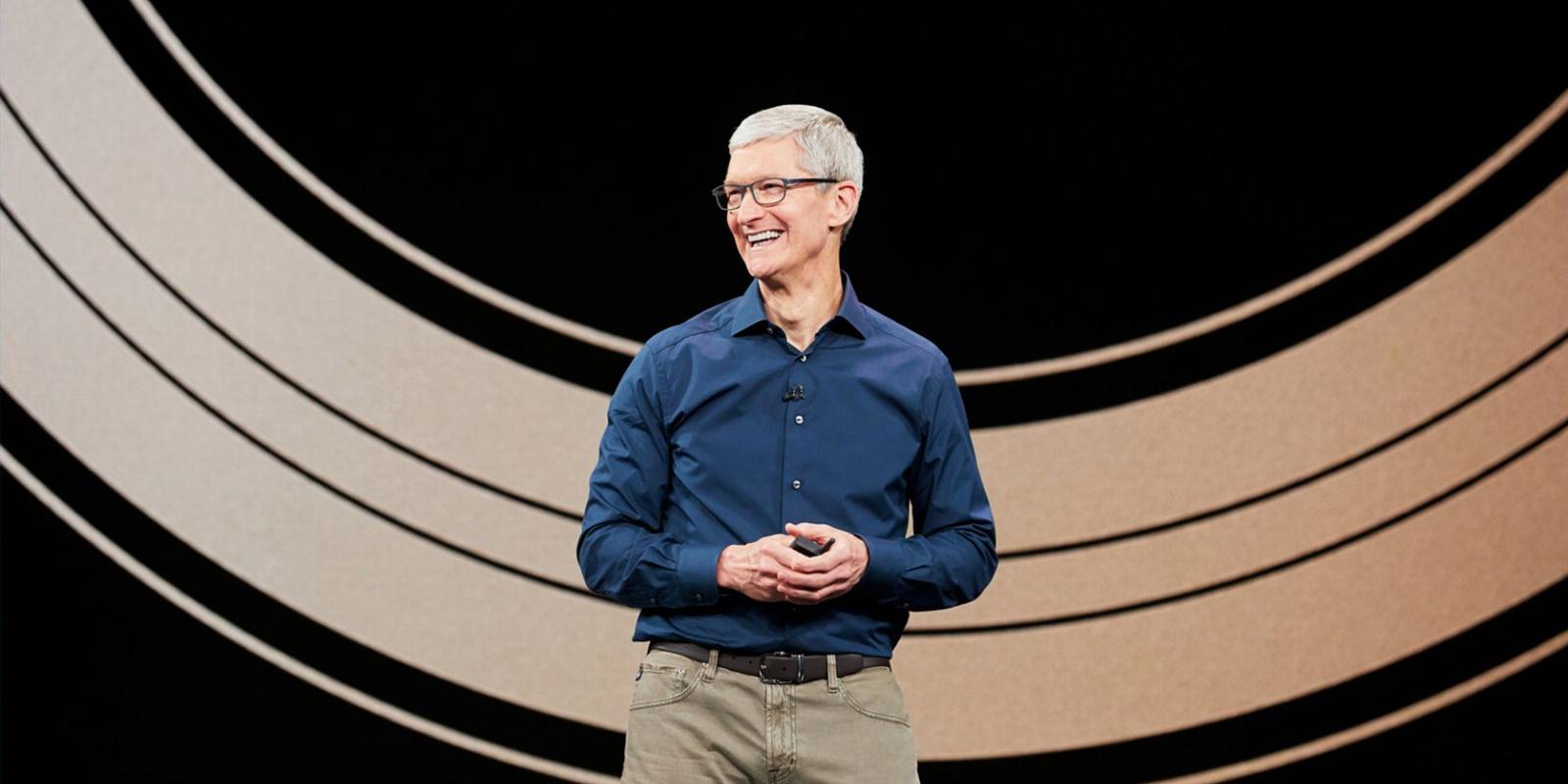
Apple Has a Vice-Like Grip on Gen Z: Here’s Why
Reading Time: 4 minutesGen Zs are picking up iPhones over Android devices, but what’s the reason behind this? Let’s find out.
Smartphone companies make their phones for the mainstream audience, so they’re easy to use for everyone. But as it turns out, Gen Zs in the US seem to have developed a particular liking towards the iPhone and Apple products in general.
How did Apple secure such a strong grasp on Gen Z buyers? Why is Gen Z such as important market? And what does this dominance mean for the company as a whole?
Gen Z Account for a Third of iPhone Users in the US
A new Financial Times report suggests that Gen Z now account for 34% of all iPhone users in the United States. That’s a big chunk of the population, considering that Apple controls about half of the entire smartphone market in the country.
Since people today don’t upgrade to a new phone as often, global smartphone sales are falling year after year. Because of this, getting people to turn into regular paying subscribers has become more important than ever.
Apple deems Gen Z the perfect safe haven since they spend more time consuming content than any other generation. So, if Apple can get them to buy iPhones, it can sell services like Apple TV+, Apple Arcade, and Apple Fitness+ down the line to incur recurring, stable revenue.
How Apple Fuels Peer Pressure in Gen Z
A big reason why Gen Z prefers the iPhone over Android phones is the social status assigned to blue iMessage bubbles. Like SMS, iMessage is a messaging standard that Apple introduced with iOS 5 in 2011; it allows seamless communication between iPhone, iPad, and Mac users.
iMessage supports texts, emojis, memojis, reactions, typing indicators, images, videos, documents, read receipts, in-line replies, unlimited characters, end-to-end encryption, and everything else you expect a modern messaging service to have.
The problem is that Apple has made iMessage exclusive to iPhones, so it doesn’t work on Android phones. So, when an iPhone user sends a text to an Android user, the message defaults to using the SMS standard, not iMessage. On your iPhone, you see these texts as green bubbles instead of blue bubbles.
SMS is a messaging standard from the 90s and only supports short text messages. That means no reactions, read receipts, typing indicators, or emojis.
So, if you react to a message, for example, the Android user on the other side will get an additional text that reads ‘Liked [message text],’ which is pretty lame. And if you share a high-res photo or video, the iPhone defaults to using MMS (also an old messaging standard), which crushes the quality and makes it unshareable—a big no-no for Gen Z.
These are just a few examples of how iMessage is better than SMS and MMS and why communication between iPhones and Android phones is so difficult. What feeds fuel to this fire is that about 70% of people aged 18–24 in the US already have an iPhone.
So, naturally, if you’re a teen or college student and notice that most of the people around you are using iMessage to chat, form social networks, and plan fun events in group chats, you’re going to want to be a part of that too and not feel left behind.
But this is simply not possible with an Android phone. This fear of being left out is what forces Gen Z in the US to avoid Android devices and pick an iPhone instead. And the more kids buy iPhones, the harder it becomes to avoid peer pressure.
This is not as big a deal to millennials or baby boomers who are already a part of the workforce because most companies use Slack or Gmail for work-related interactions. But for teens and young adults who are trying to make new friends and maintain old ones, social validation understandably matters a lot more.
The Apple Ecosystem Locks You In
You’re probably aware of what the Apple ecosystem is; this dreamy ‘walled garden’ that’s tempting to enter and almost impossible to exit. For Gen Z, Apple ecosystem features such as iMessage, FaceTime, AirDrop, iCloud, and more basically act as a ladder into this garden.
Once you buy an iPhone, you’ll likely feel the need to buy other Apple products as well, such as AirPods, Apple Watch, MacBooks, iPads, AirTags, and more, because they connect and work together so seamlessly. And doing this further locks you into the ecosystem.
Google wants Apple to switch to RCS, a new messaging protocol that can do almost everything iMessage can. However, implementing RCS on iPhones would mean Apple losing control over its users. And knowing Apple, that’s probably never going to happen.
To mitigate this, Google added a new feature to Messages that allows you to show iPhone reactions as emojis instead of sending you a separate SMS text.
Gen Z Is Apple’s Next Goldmine
It’s clear that Apple is using peer pressure to get Gen Z to pick the iPhone over Android devices. But iMessage is not the only reason people consider getting an iPhone.
There are other advantages of having an iPhone that Android companies haven’t yet found a way to replicate, which makes the former much easier to recommend to the average user.
Reference: https://www.makeuseof.com/why-apple-has-a-vice-like-grip-on-gen-z/
Ref: makeuseof
MediaDownloader.net -> Free Online Video Downloader, Download Any Video From YouTube, VK, Vimeo, Twitter, Twitch, Tumblr, Tiktok, Telegram, TED, Streamable, Soundcloud, Snapchat, Share, Rumble, Reddit, PuhuTV, Pinterest, Periscope, Ok.ru, MxTakatak, Mixcloud, Mashable, LinkedIn, Likee, Kwai, Izlesene, Instagram, Imgur, IMDB, Ifunny, Gaana, Flickr, Febspot, Facebook, ESPN, Douyin, Dailymotion, Buzzfeed, BluTV, Blogger, Bitchute, Bilibili, Bandcamp, Akıllı, 9GAG